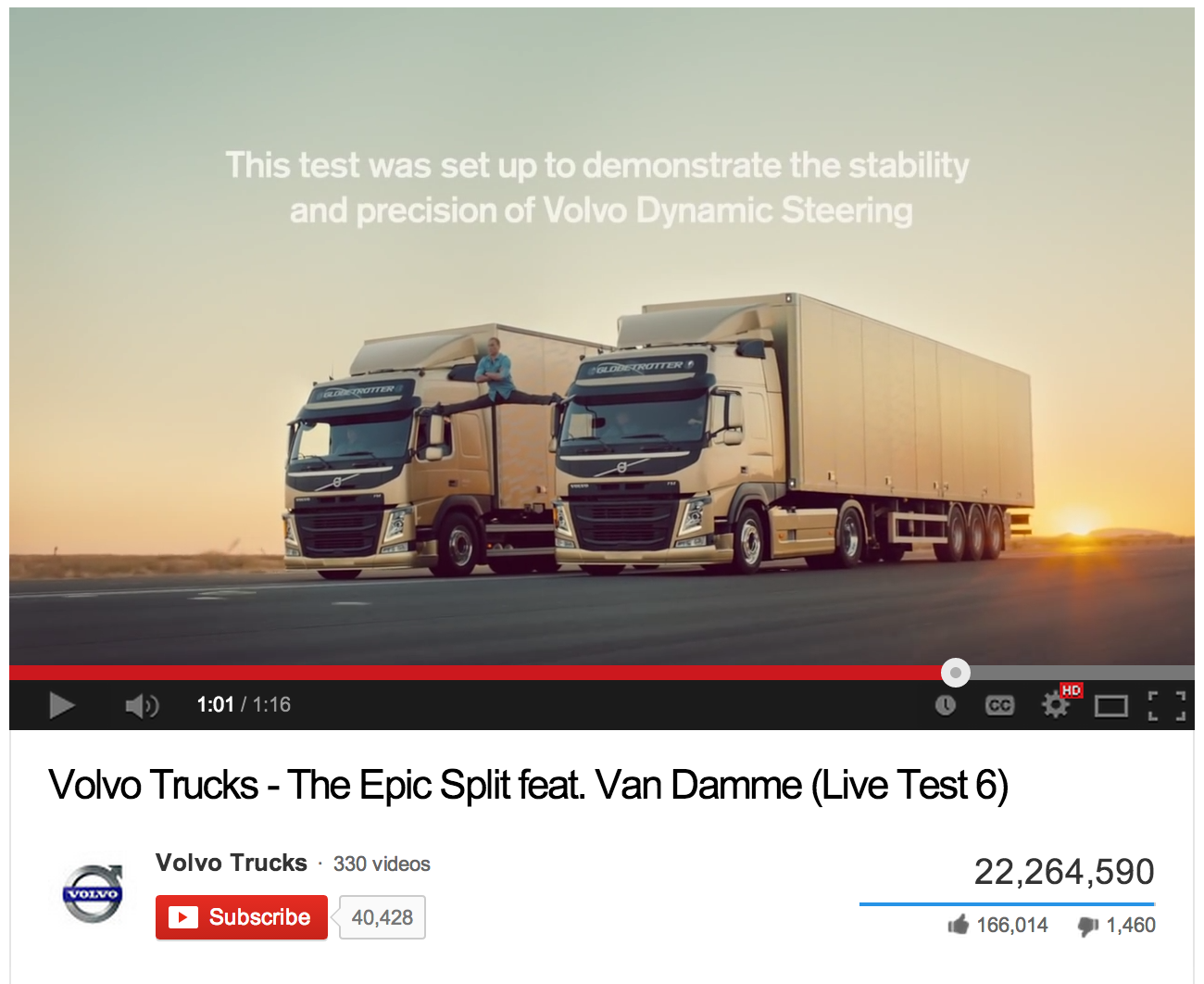While going through this article that talks about the success of Instagram ads, I saw some thought-provoking comments from readers. One that really struck me the most was this:
The article talked about the yielded results from Michael Kors’ Instagram ads which led to 33,000 new followers and a 370% increase in likes. This then begs that question: Now what? When you think about it: Instagram ads, if it persists in the future, makes Instagram very similar to Pinterest. Similar in a way that these Instagram ads, when done in a right way, can also lead to consumer purchases just like how Pinterest is subtly able to do.
To answer Ron Schott’s question, companies who benefit from these Instagram ads through increase in number of followers and likes, can gear their Instagram ads to also produce business results. By strategically using attractive and relevant photos and subtly providing a link of their website on the photo caption, these ads can also result to consumer purchase.
As a consumer, if I keep seeing sponsored photos like these on my newsfeed, given that its not excessive, it would not take too long for me to actually seriously consider buying a Michael Kors bag. Keeping one’s brand relevant and visible in consumers’ daily lives can really eventually led to consumer purchase.
I don’t know a lot about the technical back end side of Instagram, but if if they can customize the platform in a way that Instagram ads for Michael Kors (as an example) will only show to its intended target market, Instagram ads might be a better option for companies than have affiliated marketing with Pinterest, as these (Instagram) ads can be directed to the right consumers unlike Pinterest.
Going back to Ron’s question, what I can say is that having more followers allows for greater reach, while having more likes makes the Instagram ad/post eligible to be placed in the popular page, which increases exposure. These both can lead to higher potential sales, and I think are quantifiable results and real benefits.







